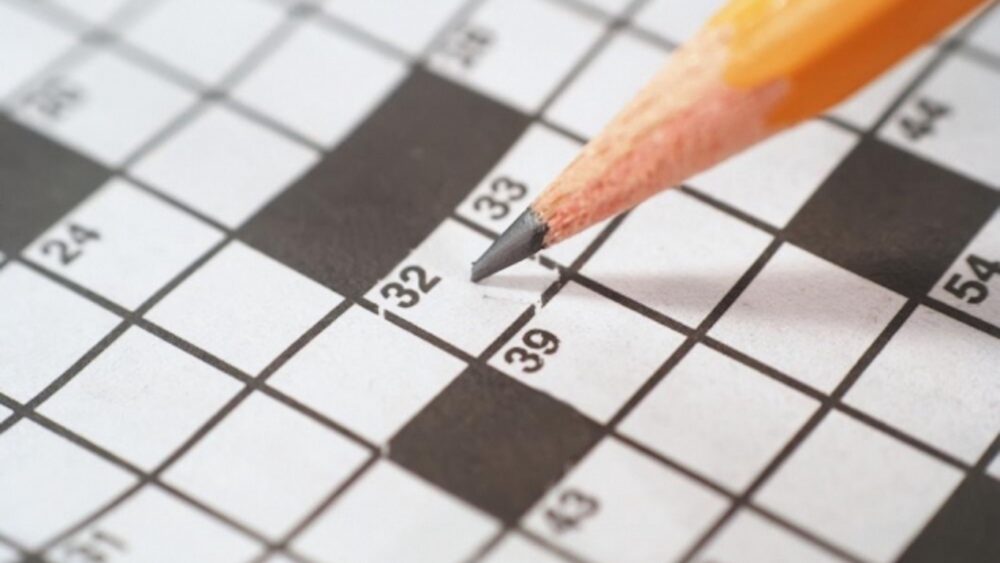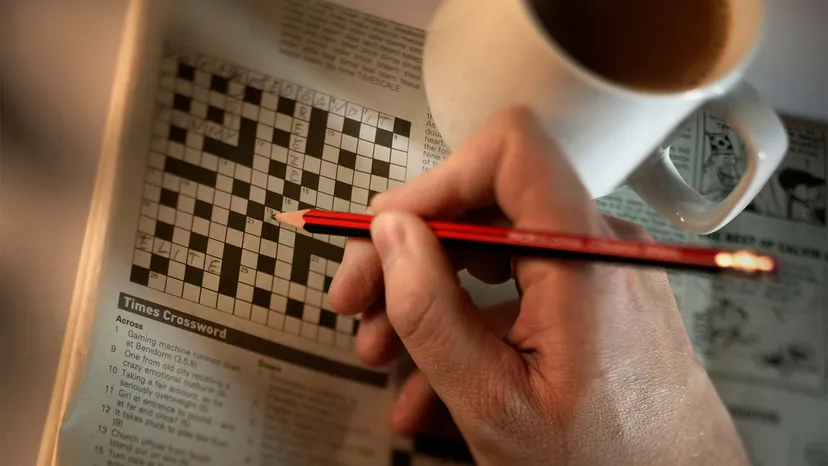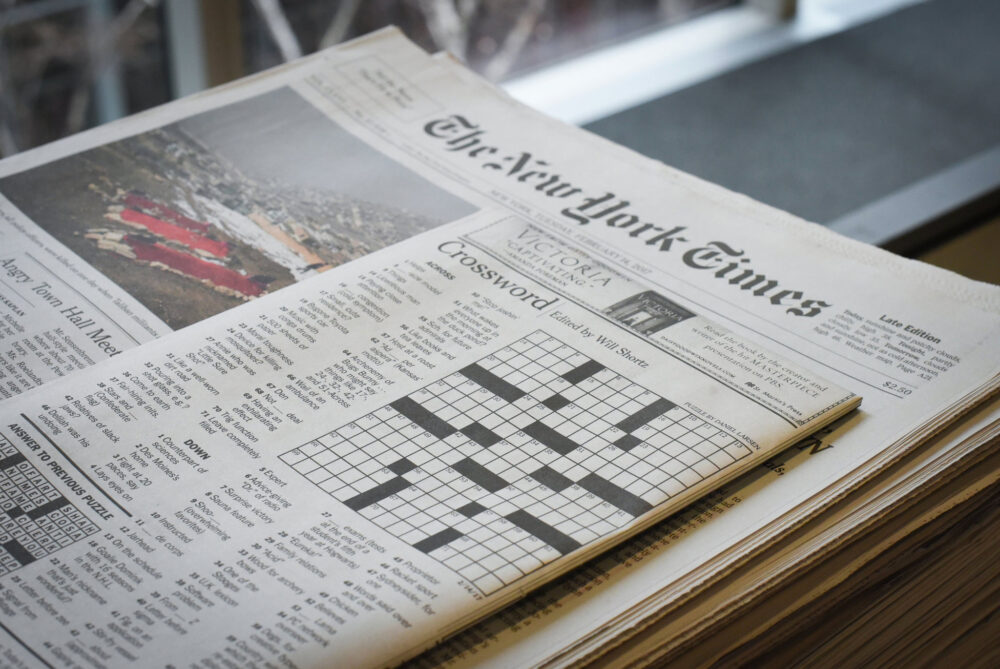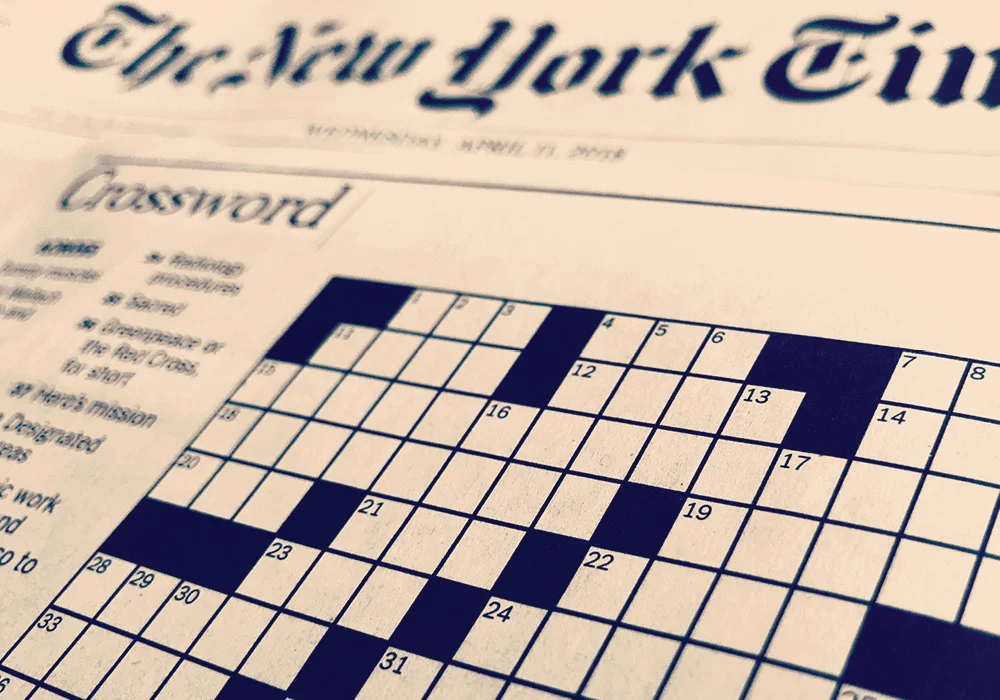Are you ready to take on one of the most beloved puzzles of all time? The New York Times crossword puzzle is notorious for its difficulty, but don’t let that deter you! With a few tips and tricks, you can conquer this challenge. Let’s dive in and find out how.
Start With the Easy Stuff First

Source: medium.com
The best way to tackle any puzzle is by starting with what you know. If you look at a crossword puzzle and see that there are some easy words that you can solve right away, start filling them in first. This will give you an anchor so that when you come across more difficult clues, it will be easier to figure them out since you’ll have more context around them. Just remember, if you get stuck on a clue, come back to it later—sometimes taking a break helps clear your mind and can help jog your memory.
Think Outside the Box
Crosswords are designed to make us think outside the box. Clues can be tricky, so don’t limit yourself by trying to solve everything with logic alone. Instead, let your creative side take over and give yourself permission to explore all sorts of solutions—you might even surprise yourself! For example, if there’s a clue asking for “a type of dog” and all you can think of is “labrador retriever”, try thinking about other breeds like pugs.
Don’t Give Up Too Quickly
If a particular clue has been stumping you for days (or even weeks!), don’t give up too quickly! Sometimes it takes patience and perseverance to crack these puzzles. Take breaks when necessary but keep coming back until you’ve solved it—you’ll feel so proud of yourself once it’s done! Plus, sticking with something tough usually leads to valuable lessons and newfound insights down the road.

Source: entertainment.howstuffworks.com
Understanding Crossword Puzzle Clue Formats
When solving them, it is important to understand the diverse range of clue formats that are used. The New York Times crossword clues range from straightforward definitions to cryptic clues in which the answer must be guessed by decoding a series of hints. Familiarize yourself with these different formats, as mastering each one will make you a better crossword puzzle solver.
- Definition Clues: These are the simplest type of clue and are usually the first encountered when beginning a puzzle. Definition clues will include definitions, synonyms or sometimes an example of how to use the word in a sentence.
- Double Definitions: When faced with double definition clues, you have to find two definitions for the same answer! For instance, they may provide two separate definitions such as “pickpocket” and “thief” that both refer to the same word (i.e., thief).
- Synonym Clues: Often used to describe multiple-word answers, synonym clues require you to identify synonyms for components of an answer or keyword phrases associated with it. Synonyms might be hinted at directly through words such as “same,” “equivalent,” or “alternate” in the clue; more often they are inferred from context or related topics mentioned in the clue.
- Partial Anagrams & Charades: In partials and charades-style clues, several smaller words can be strung together (in order) to form a larger word or phrase that is your answer – for example: part + till = partial; frown + ess = frowness. These can be tricky because sometimes it’s difficult even figuring out what components constitute your answer; using hints from other adjacent answers might help decipher them!
- Directional Clues: These usually take place when 3-4 words cross at one point on the puzzle grid and all those letters create an apt description for one word such as “moves up hill” which could indicate “ascends” as your solution. Different directions can also be used like explaining that something “sticks out front” meaning protrudes/is prominent; they may also feature more subtle hints like mentioning concepts like time (“fastest”) or distance (“farthest”). Be sure to pay close attention here!
Some websites even contain their own databases of possible words or ‘crossword dictionaries’ that could provide vital information on what could be an answer for a particularly difficult clue. If all else fails, there is always the availability of ‘crossword solver’ apps or websites that can sometimes provide answers with ease and speed. While not strictly necessary for completion, these resources may be invaluable when attempting some of the harder puzzles in The New York Times Crossword section.
Staying Motivated and Having Fun With the Puzzle

Source: nytimes.com
They can be challenging, but working through one can also be an enjoyable way to keep your mind sharp and tap into creative thinking. Once you’ve become familiar with how clues work and how various puzzle-solving strategies can be used to tackle the particular style of the New York Times crossword, tackling the puzzle can become a rewarding experience.
Staying motivated is key when it comes to conquering the puzzle. It may help to divide the challenge into smaller tasks – for example, committing to solving five clues each day or even setting a time limit on clues – so that it becomes less intimidating. Additionally, tracking your progress as you go may help keep you motivated as you make tangible progress in solving the puzzle.
It is important to remember that embarking on this journey should be fun – not a stressful or overwhelming task! It may help to look at clues that are easier and take away some of the pressure. As well, there’s no shame in taking breaks while tackling this beast of a puzzle—it’s important that it remains an enjoyable exercise!
Playing music in the background or having snacks nearby are two easy ways to bring some additional fun into your puzzle-solving routine. Setting aside some time each day (or week) just for having fun with crosswords can help keep things light and enjoyable!
Conclusion:
The New York Times crossword puzzle is no small feat—but that doesn’t mean it’s impossible! With some patience and perseverance (and maybe a little bit of creativity), anyone can master this challenging yet rewarding pastime. So get ready; it’s time to take on this beloved brainteaser once and for all! Good luck!












